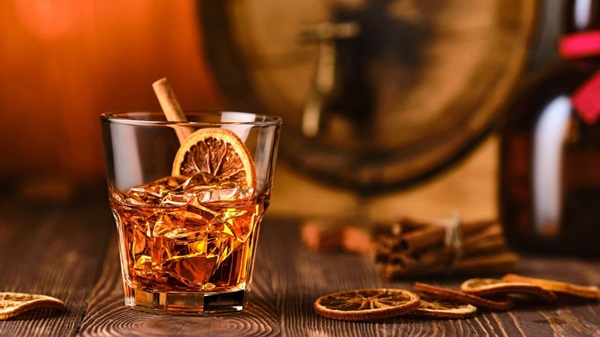National Bootlegger’s Day is observed annually on January 17. The day marks several key events such as the start of prohibition in the U.S., the distillation of Templeton Rye whiskey, and the birthday of the infamous gangster Al Capone. Interestingly, these events are interconnected. The start of prohibition prompted both Capone and farmers in Templeton, Iowa, to begin distilling their whiskey to sell. This led to the creation of the famous Templeton Rye whiskey. During prohibition, its popularity spread like wildfire and eventually became Al Capone’s favourite.
History of National Bootlegger’s Day
On National Bootlegger’s Day, we get an opportunity to raise a toast to the daring bootleggers of prohibition. These figures transformed their risky trade into a more romantic light and caused many bootleggers to become the stuff of legends.
The inauguration of National Bootlegger’s Day was in 2015, instated Infinium spirits to celebrate the birth of Templeton Rye. This whiskey was distilled by farmers in Templeton, Iowa, during the height of the prohibition. Although Infinium Spirits sells a range of brands, Templeton Rye has a special day due to its legendary history.
The term bootleggers originated in Midwest America, during the 1880s. White folk often used to hide flasks of liquor in boots for illegal trade, especially with Native Americans. Similarly, the military also used this nifty method of hiding liquor in boots.

They often sneak alcohol into base camp by hiding the flasks in their boots. Thus the term came to be used for any smuggler of liquor who smuggled liquor over land, while those who smuggled alcohol via water were known as ‘rum-runners’.
Prohibition began on January 17, 1920, with the gangsters. However, other underworld participants refused to let this down their vibe. The 1920s were synonymous with lavish, jazz-filled, and liquor-fueled parties, which continued despite the law.
While some hired bootleggers to smuggle alcohol from Canada and Mexico, Alphonse Kerkhoff capitalized on both production and distribution by hiring farmers in Templeton, Iowa, to distil whiskey and sell it. This venture proved highly successful, with Templeton Rye spreading to speakeasies in Omaha, Kansas City, and Michigan.
Also read, National Hot Tea Day – January 12, 2025
Timeline of National Bootlegger’s Day
| 1880s (The Term ‘Bootlegger’ is Born) | In the Midwest, cowboys and such would conceal flasks of liquor in their boots when they would go to trade with Native Americans, hence the term. |
| 1920 (Prohibition Comes into Effect) | On January 17, prohibition effectively bans and outlaws the manufacture, distribution, and sale of alcohol in the U.S. |
| 1933 (Prohibition Laws are Repealed) | The laws outlawing liquor come to an end in the U.S. |
| 2006 (Templeton Rye is Legally Stocked) | Templeton Rye whiskey is put back on the shelves of liquor stores, legally this time. |
| 2015 (National Bootlegger’s Day is Founded) | Infinium Spirits founded National Bootlegger’s Day to celebrate the illegal birth of Templeton Rye whiskey and the daring smugglers who spread its fame across the U.S. |
- Alcohol consumption was legal: Drinking alcohol was legal but the manufacture, sale, and transportation of liquor were prohibited.
- Moonshine was a killer: Moonshine, often referred to as “bathtub gin,” was poor-quality liquor produced under amateur conditions, usually at home. It was responsible for killing nearly 10,000 people due to its dangerous, unregulated nature.
- Prohibition inspired the booze cruise: People living on the coast could board a ship and drink as much alcohol as they wanted, giving rise to the concept of the booze cruise.
- Mississippi stayed dry for more than 58 years: The State of Mississippi implemented its prohibition in 1908. Even after federal law was repealed in 1933, Mississippi kept its rules until 1966.
- Maryland was a rebel state: Apparently, the state of Maryland did not get the memo about Prohibition as the laws were never enforced there throughout.
